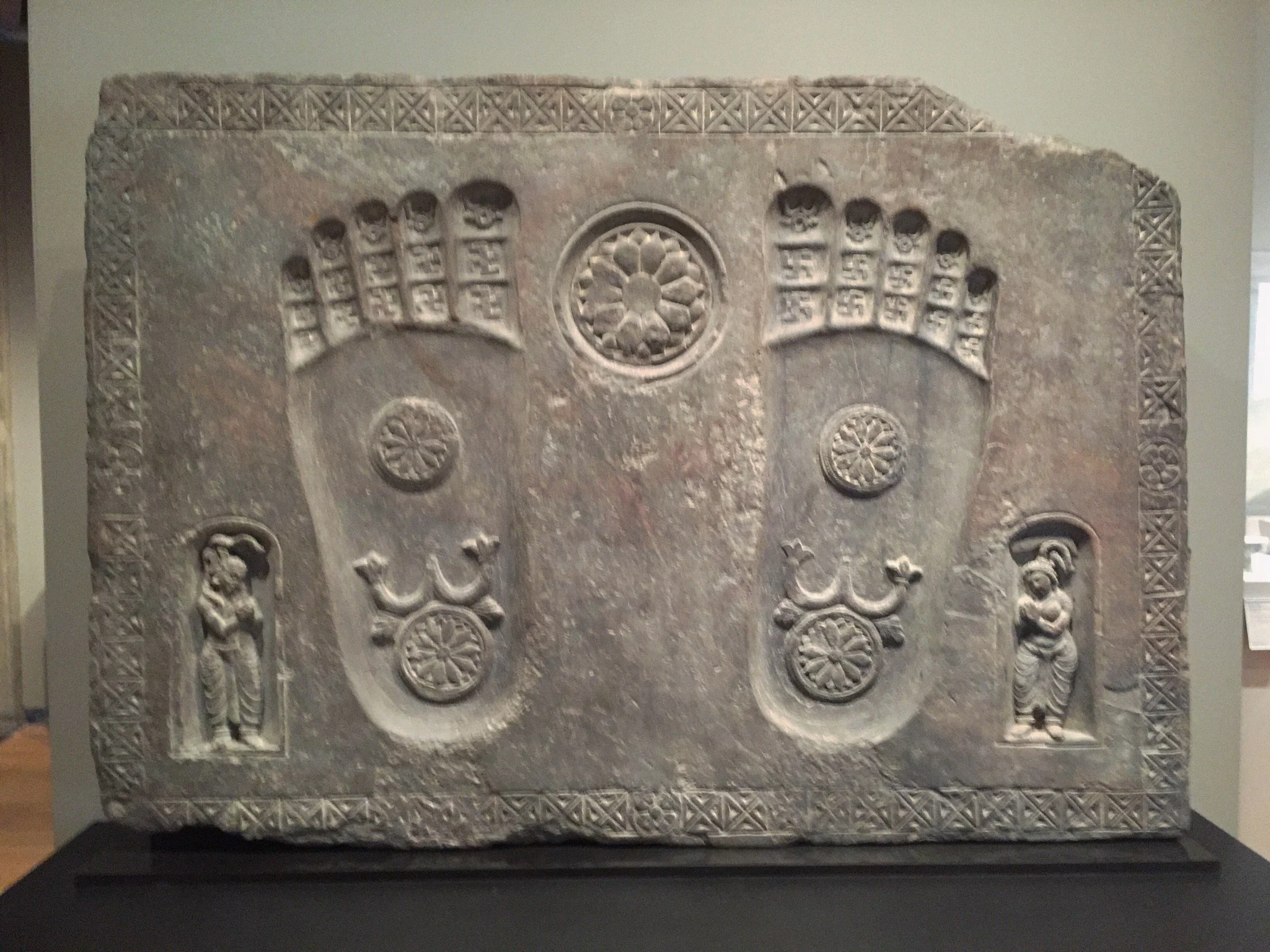(I’d like to dedicate this to my late friend Svein Myreng, a disciple of Thich Nhat Hahn, and a find poet and chronic illness advocate. Check out his Plum Poerms if you can find it.)
For most of my life I have been carrying around a kong-an that has at various times challenged and disturbed both my creative life and worldview. It is a quote by the Russian writer Isaac Babel: “How can you be a writer when you don’t know the names of trees?” Sometimes I’ve taken this as a challenge to learn as much as I can from life, that nothing is such that I should casually dismiss it. At other times, however, I have seen it as a challenge to my lack of attention to life, the simple details of the world that were alien to me. Yet the Dharma might say that the name doesn’t make a difference: see the tree and see that both it and whatever you name it is of the same nature as you, empty of essential substance and interdependent with all fleeting sentient life! In other words, through attention and mindfulness, it is possible to see the world for what it is, and that it doesn’t revolve around me.
I realize now with irony that in both my inattention and my occasional passion to learn the names to everything I was trying to become the self I wished to be, and with a self that I barely knew. That disappointing self, like all my versions of it, only existed in those inner narratives we all constantly spin to ourselves and given life by my believing them. Implicit in this, of course, was the idea that my spiritual path only concerned me. It was not on my radar that it, if honest and in correct view, was meant to serve others, not the crazy heart of those narratives.
Thoughts may be ephemeral and without substance, but once they are grasped and viewed as necessary and vital to one’s navigation of the world, they are very real, grandiose as well as detrimental. The persona I created was one of fearlessness and openness to the point of recklessness. I sought extreme experiences. Those stories—being shot at, being chased by the police through the inner city in a car driven by a friend high on crack, arguing with my first wife over whether or not infamous Voodoo priestess Marie Laveau had appeared in her backseat to talk her while driving home from her job as a blackjack dealer—were all true, and certainly gave me plenty of material for my writing. I can see now that they also served the purpose of providing me with a kind of armor. I was proving my ability to endure, so I thought; in reality I was donning an armor which prevented me from truly engaging with the world—with curiosity, vulnerability, focus.
One may be aware of the incongruence between what one wishes to be and what one is, but ignorant of one’s framing and feeding both desired and undesired self. That was my situation. I was torn by my inability to live up to who I wanted to be, who I “knew” I really was, but never questioned whether that future Mike was even possible or realistic.
What is there to do? For me, I finally sat down, took a breath, and looked around to see where I was. Literally. Not where or who I wanted to be, not with a scholarly understanding of the underlying concepts and scientific designations of what I saw. I looked without seeking a name for myself.
We have oak trees in our yard, and a Japanese maple, plus some evergreens that are overgrown. I am sitting in the kitchen facing a large window that looks out on a tree I still can’t name. What is the name of that tree? What is this? To deeply question one’s beliefs and biases, to penetrate into the Great Doubt, is to become less concerned with personal preferences. To fully see the tree, to hear it, to touch it, to see it as a part of you, is to not be concerned with labels. If you are really looking at your life, paying attention to it with curiosity, no Self is even there. It is not needed.
Look at the tree. Let the tree look at you. You’ll both like it that way.
